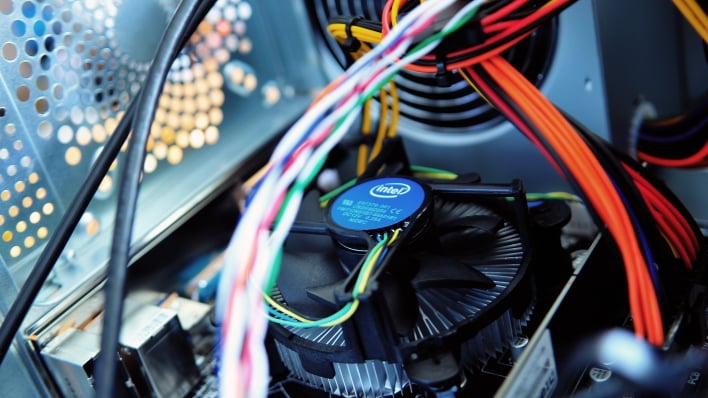Intel Says New Spectre Chip Flaw Is Already Fixed But Security Researchers Say Not So Fast
Here's Intel's full statement on the matter...
“Intel reviewed the report and informed researchers that existing mitigations were not being bypassed and that this scenario is addressed in our secure coding guidance. Software following our guidance already have protections against incidental channels including the uop cache incidental channel. No new mitigations or guidance are needed."
After the initial story broke about Spectre, Intel released the above statement in response to the report and heightened, renewed concern. At a high level, this secure coding guidance explains that confidential information needs to be accessed independent of the runtime, code access patterns and data access patterns. If developers follow these rules, no new mitigations or guidance is necessary as there is nothing still vulnerable, in theory.

To the contrary, the UVA team notes...
"Certainly, we agree that software needs to be more secure, and we agree as a community that constant-time programming is an effective means to writing code that is invulnerable to side-channel attacks. However, the vulnerability we uncovered is in hardware, and it is important to also design processors that are secure and resilient against these attacks.
In addition, constant-time programming is not only hard in terms of the actual programmer effort, but also entails high performance overhead and significant deployment challenges related to patching all sensitive software. The percentage of code that is written using Constant Time principles is in fact quite small. Relying on this would be dangerous. That is why we still need to secure the hardware."

While it is important to discuss which parties are responsible for fixing these new vulnerabilities, especially when Intel believes it should be up to developers, we also need to look at who the fixes will affect. Perhaps there will be performance hits as fixes come out, but that should be worthwhile for privacy’s sake until chip OEMs can create new and more secure processor architectures. Whatever ends up happening, let us know what you think of Intel’s stance, and how this may affect end-users, in the comments below.

